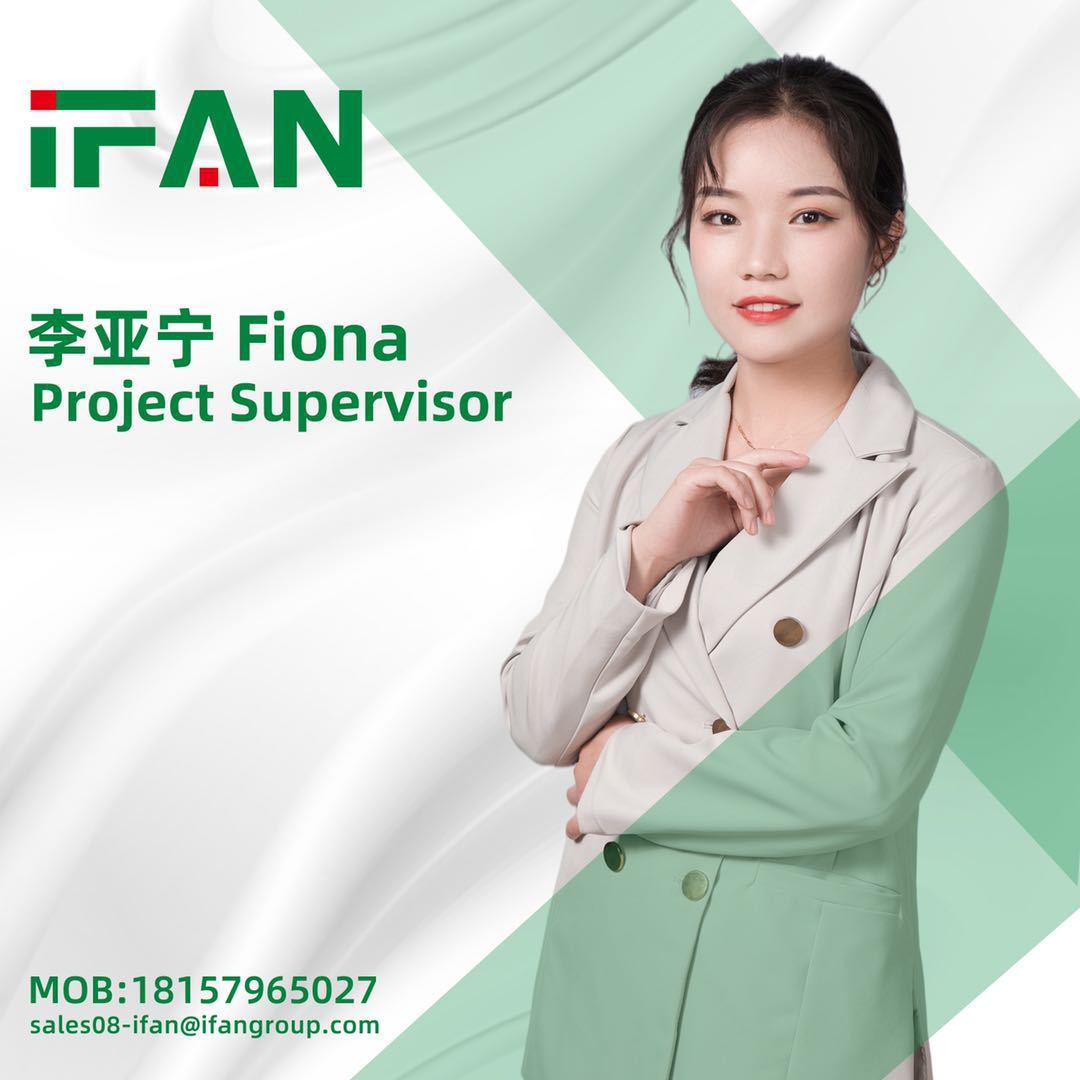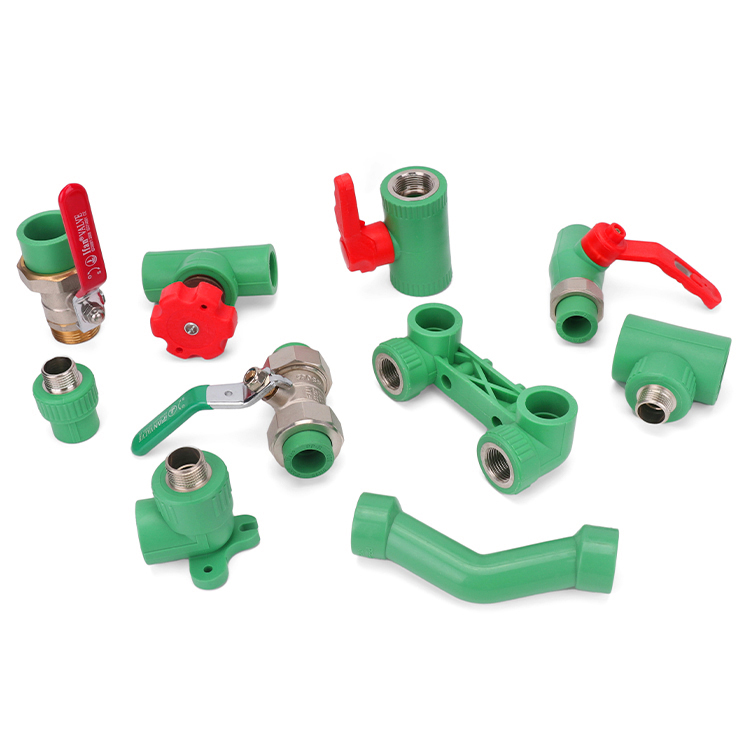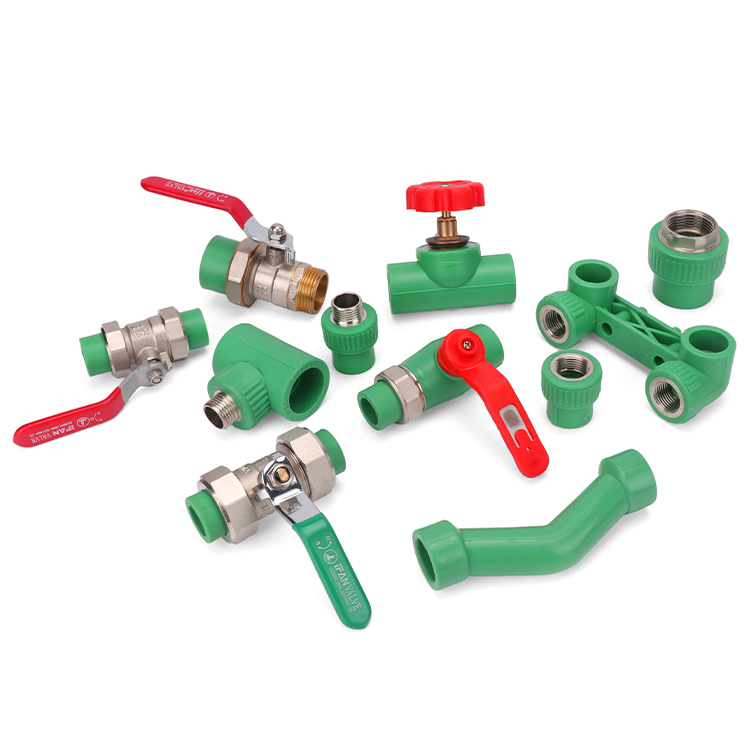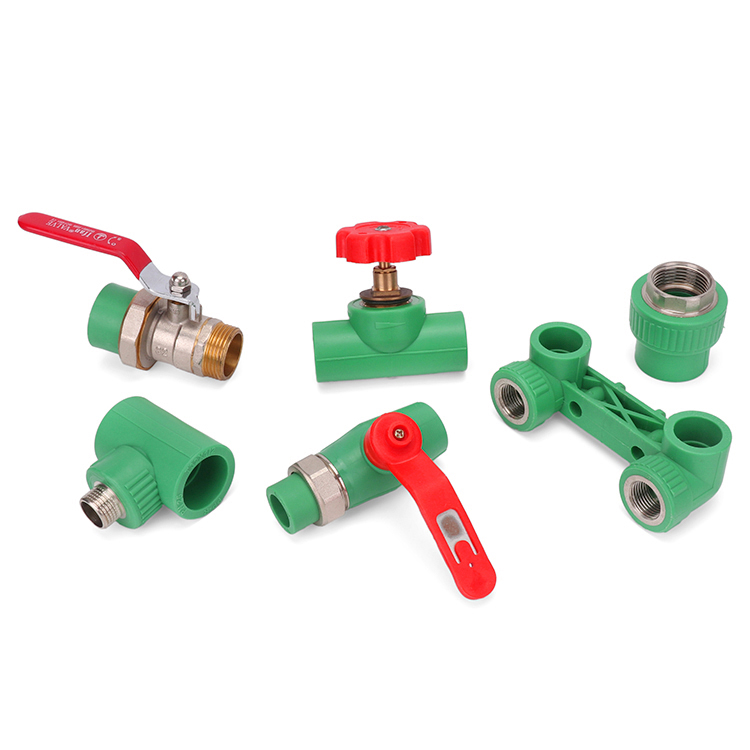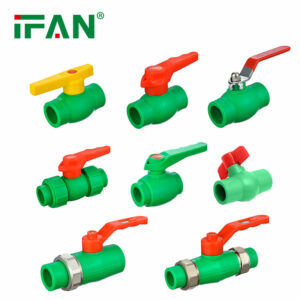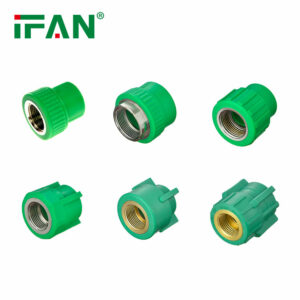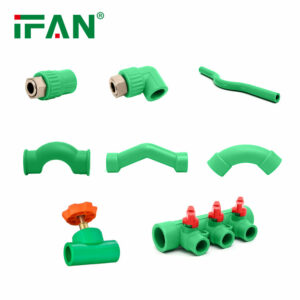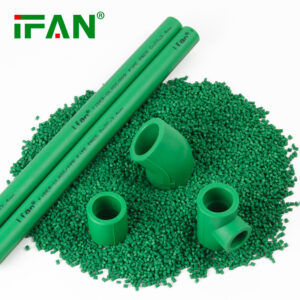Description
PPR Fittings: A Comprehensive Guide to Their Properties, Applications, and Innovations
PPR fittings, an integral part of polypropylene random copolymer (PPR) piping systems, have revolutionized modern plumbing and fluid transportation. This comprehensive guide explores the unique properties, diverse applications, and recent innovations surrounding PPR fittings.
Introduction to PPR Fittings
PPR fittings are connectors designed specifically for use with PPR pipes. Their material composition offers numerous advantages, including high resistance to chemicals, corrosion, and temperature variations. This makes PPR fittings suitable for a wide range of applications, from domestic water supply to industrial fluid handling.
Material Properties of PPR Fittings
PPR fittings are made from polypropylene random copolymer, a material that exhibits excellent durability and flexibility. Its resistance to chemicals, such as acids and bases, ensures long-term stability even in harsh environments. Additionally, PPR fittings have good thermal stability, allowing them to operate within a wide temperature range.
Applications of PPR Fittings
PPR fittings find applications in various industries, including but not limited to:
- Residential Plumbing: For water supply, drainage, and heating systems.
- Industrial Fluid Handling: For transporting chemicals, fuels, and other liquids.
- Agricultural Irrigation: For efficient water distribution in farming and gardening.
- Medical and Pharmaceutical Industries: For cleanroom applications and transporting sensitive fluids.
Innovations in PPR Fitting Technology
Recent advancements in PPR fitting technology have led to improved performance and ease of installation. Some notable innovations include:
- Enhanced Material Composition: New formulations of PPR offer improved strength, flexibility, and chemical resistance.
- Smart Fitting Systems: Incorporating sensors and smart connectivity allows for remote monitoring and control of fluid flow.
- Quick-Connect Fittings: These fittings feature simplified installation mechanisms, reducing installation time and labor costs.
Installation and Maintenance Considerations
Proper installation and maintenance of PPR fittings are crucial for ensuring their optimal performance. Key considerations include:
- Following manufacturer’s instructions and industry standards during installation.
- Regular inspection for leaks, cracks, or other signs of wear and tear.
- Using appropriate cleaning agents and procedures to maintain the integrity of the fittings.
Conclusion
PPR fittings, with their unique properties and versatility, have become a go-to choice for plumbing and fluid transportation applications. Their compatibility with PPR pipes, excellent material properties, and recent technological advancements have made them a reliable and efficient solution. As technology continues to evolve, we expect to see further innovations in PPR fitting technology, driving the industry forward.
Related products
-
PPR Fittings
PPR Pipe and Fittings
-
PPR Fittings
PPR Water Fittings
-
PPR Fittings
What is the PPR Fittings
